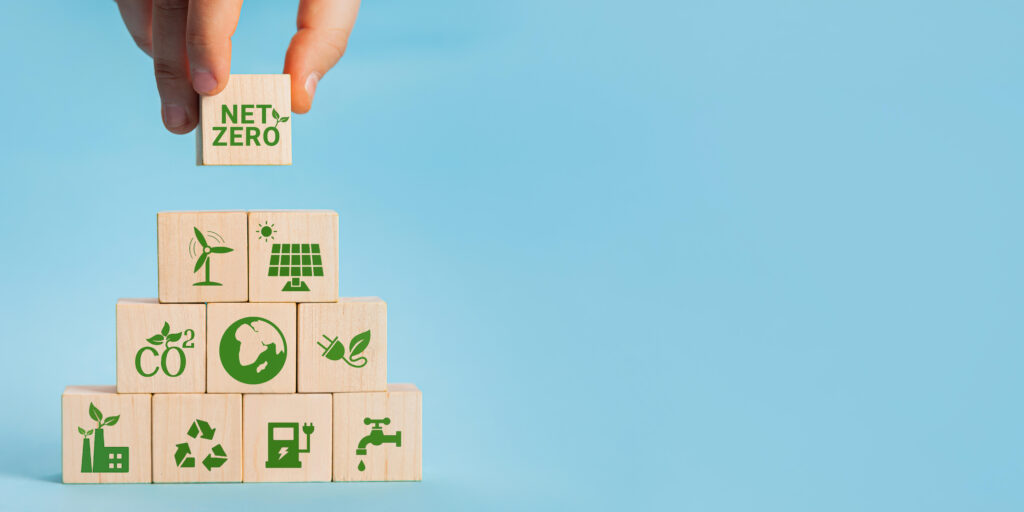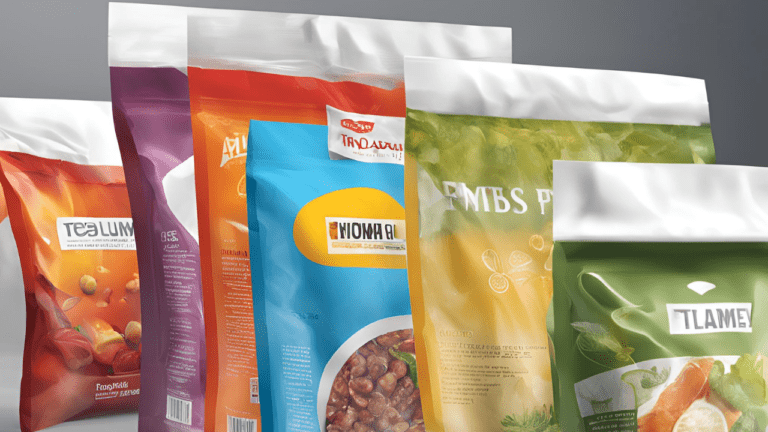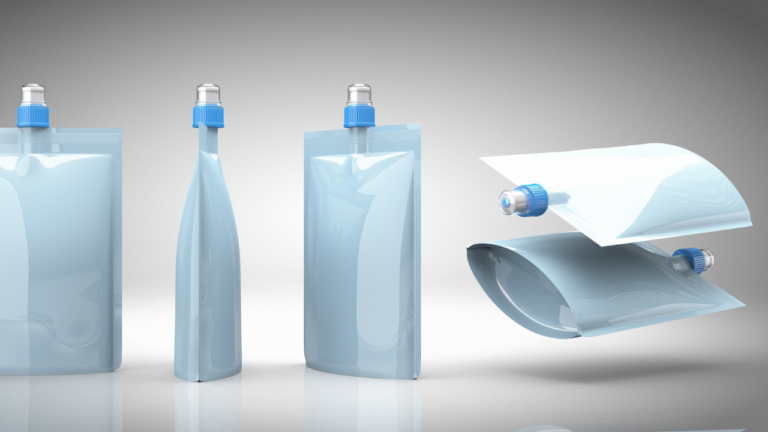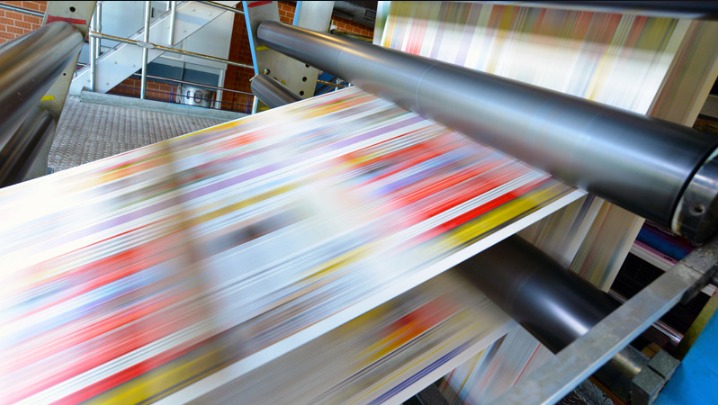A circular economy in packaging is a transformative approach aimed at minimizing waste and making the most of resources by designing systems where materials are reused, recycled or composted effectively. GreenEdge, a key player in sustainable packaging, is making significant strides in this area aligning its efforts with global trends and regulations.
The Science of Circular Economy in Packaging
The circular economy in packaging focuses on reducing reliance on virgin materials by emphasizing the use of recyclable, compostable or reusable packaging solutions. It involves:
● Eco-design: Reducing material use while ensuring functionality.
● Material innovation: Introducing renewable or bio-based materials such as post-consumer recycled (PCR) content.
● Recovery systems: Enhancing collection, sorting and reprocessing systems to ensure materials can re-enter the supply chain.
For example, the compound annual growth rate of sustainable materials like bio-based bioplastics and flexible film pouches is on the rise. However, these innovations require robust recovery systems to be effective.
GreenEdge’s Contribution to a Circular Economy
GreenEdge is actively contributing to closing the loop in packaging by:
● Designing for Recovery: GreenEdge develops packaging that aligns with global Extended Producer Responsibility (EPR) policies. This includes labels and films that are easy to recycle or compost.
● Using Recycled Content: GreenEdge incorporates PCR materials which reduce reliance on virgin resources and cutting carbon emissions.
● Promoting Lightweight Solutions: Their flexible packaging such as for snacks or beverages, reduces material use while maintaining performance.
GreenEdge’s Areas of Expertise
GreenEdge caters to multiple industries including:
● Snacks and Confectionery: Offering recyclable and lightweight pouches.
● Pet Food: Designing durable, resealable and sustainable packaging.
The Data-Driven Push Toward Circularity
Recent studies show 75% of consumer-packaged goods companies still use plastics but there’s a marked shift toward compostable and recyclable materials. By 2026, lightweight materials like flexible films are projected to dominate the market, reflecting an industry-wide focus on reducing waste and material intensity.
Conclusion
GreenEdge exemplifies how companies can lead the shift toward a circular economy in packaging. By focusing on innovative design, sustainable materials and recovery systems, GreenEdge is not only aligning with global sustainability goals but also setting new benchmarks in eco-conscious packaging. Their efforts underscore the potential of a circular economy to create a sustainable future for packaging.




